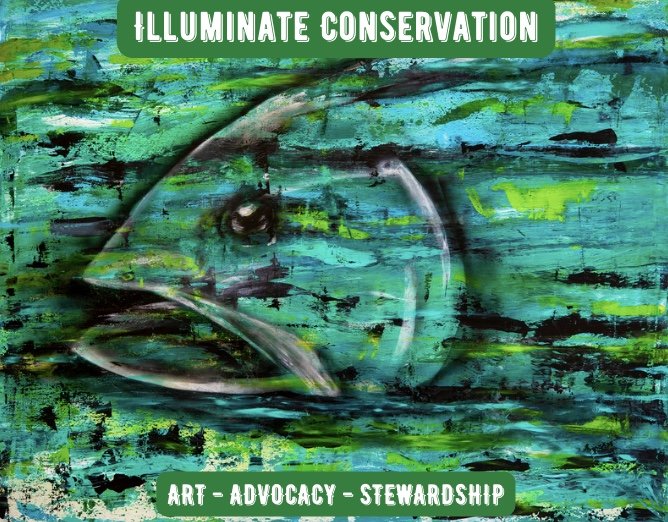This painting was sold for $1,200, all proceeds were donated to Birds of The Caribbean and the Institute for International Conservation.
The Black-capped Petrel (Pterodroma hasitata), also known as the Diablotin, is one of the Caribbean’s most fascinating seabirds, and one of its most threatened. Spending most of its life at sea, this species comes to land only to breed, nesting in burrows or crevices which they visit only in cover of darkness. Almost wiped out by overhunting, the species only persists in remote mountain areas of a few Caribbean nations (BirdsCaribbean, 2020).
Read more about the Black -capped Petrel and what BirdsCaribbean and The International Black-capped Petrel Conservation Group are doing to study and save them.
Prints are available and proceeds of each sale will go to these organizations.
The Whistling Warbler lives in montane St. Vincent’s rainforest, generally from 300-700m in elevation. They may also be found in palm brake forest (33-60% palm trees) and elfin forest (short, thick forest, no greater than 5m in height), but more research is needed on their use of these habitats. Some good locations to see them are along the La Soufriere trail and at Fenton Falls.
Whistling Warblers are known to eat various types of insects and larvae, though they may occasionally take fruit as well. They actively forage in the mid-canopy and dense undergrowth, working their way through vine tangles, sometimes pursuing flying insects.
The Whistling Warbler is endemic to the island of Saint Vincent in the Lesser Antilles and its status is Endangered. Its habitat is in decline due to deforestation (primarily for logging and agriculture) and volcanic eruptions of Soufrière. (BirdsCaribbean, 2022).
Learn More About the Whistling Warbler and How You Can Help Birds of The Caribbean Protect Them!







